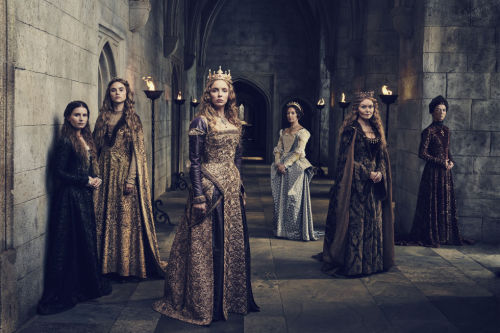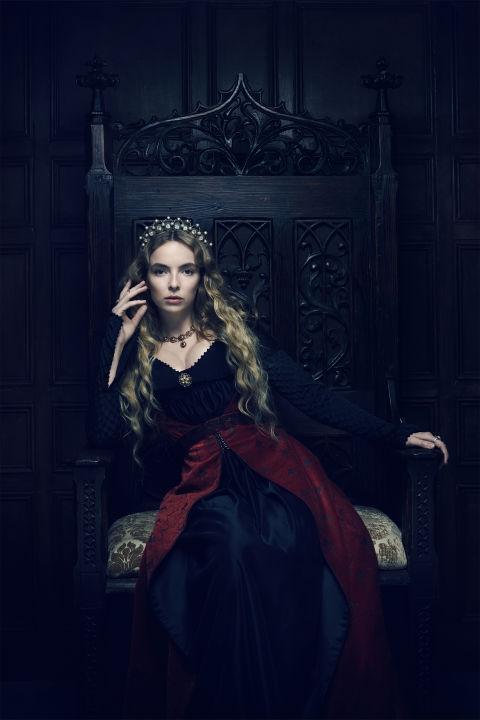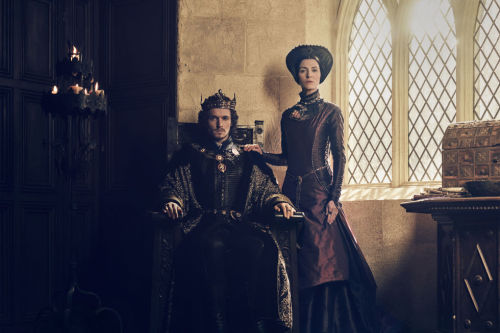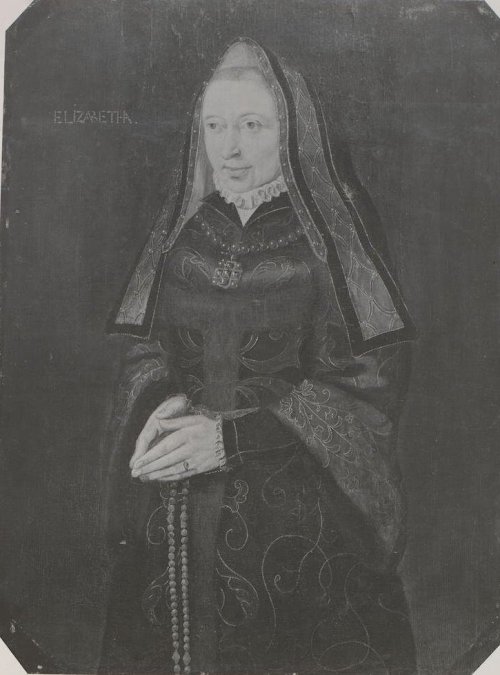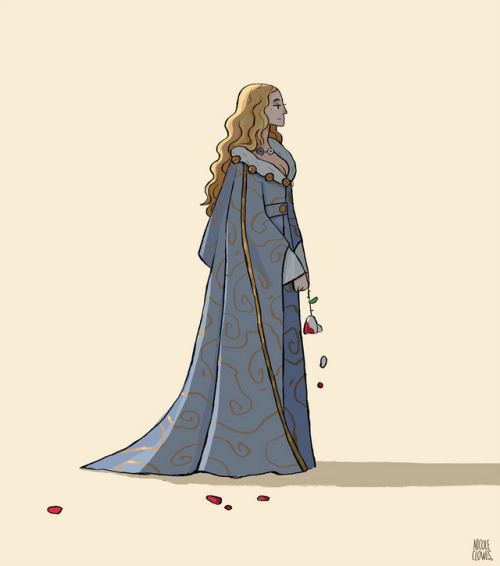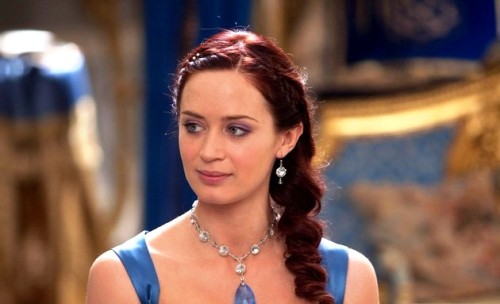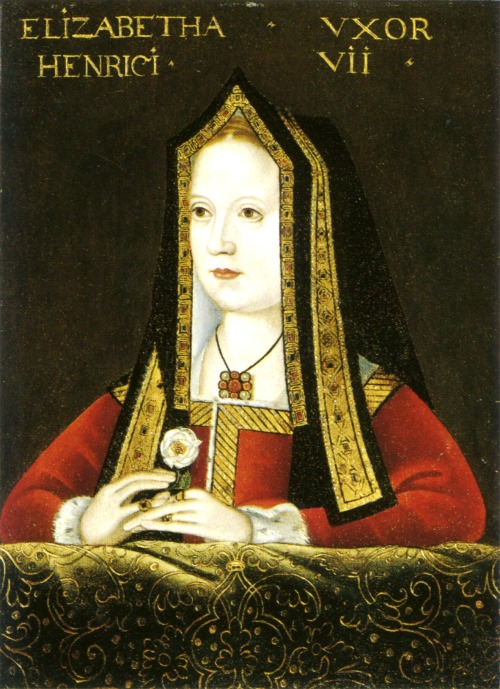#elizabeth of york
is it just me who find elizabeth of york so annoying in the white princess? like henry has her baby cousin locked up in a tower, is trying to get her mother killed, was the reason her little brother was killed and yet shes here like “hes rly hot tho”.
From left: Rebecca Benson as Margaret Plantagenet, Suki Waterhouse as Cecily of York, Jodie Comer as Elizabeth of York, Joanne Whalley as the Duchess of Burgundy, Essie Davis as Dowager Queen Elizabeth and Michelle Fairley as Margaret Beaufort in The White Princess
Post link
From left: Jodie Comer as Elizabeth of York, Rebecca Benson as Margaret Plantagenet, Essie Davis as Dowager Queen Elizabeth and Suki Waterhouse as Cecily of York in The White Princess
Post link
From left: Jodie Comer as Elizabeth of York, Essie Davis as Dowager Queen Elizabeth, Jacob Collins-Levy as Henry VII and Michelle Fairley as Margaret Beaufort in The White Princess
Post link
“One poignant expense in [Elizabeth of York]’s Privy Purse is tiny: 3½ yards of cloth to “a woman that was nurse to the Prince, brother to the Queen’s grace.” Nineteen years after the young prince disappeared, his older sister remembered the nurse who took care of him. Similarly, she regularly sent alms to “a poor man” who was a former servant of Edward IV.”—Arlene Okerlund,Elizabeth of York: Queenship and Power(viarichmond-rex)
“Paradoxically, however, although Mary’s pregnancy appeared to strengthen Philip’s position and power, linking discussions of his coronation with the imminent birth of an heir placed him in a position not unlike that of former queen consorts: except for Catherine of Aragon, whose coronation took place at the same time as that of Henry VIII,plans to crown Tudor consorts were usually connected with the proof of their fecundity. For example, King Henry VII’s wife Elizabeth was crowned only after she had borne a son. According to Charles T. Wood, the fact that Elizabeth had a better claim to the throne than Henry VII meant that ‘before a non-threatening coronation could take place, Elizabeth had first to produce a son, a male whose rights would supersede her own’. Of Henry VIII’s wives, Anne Boleyn’s coronation took place during her pregnancy, plans to crown Jane Seymour after the birth of Edward were thwarted only by her untimely death, and rumours of Katherine Howard’s imminent coronation circulated during a progress to York when it was believed she was with child. Although Renard believed that ‘in England the coronation stands for a true and lawful confirmation of title, and means much more here than in other realms,’ he presented the case for Philip’s coronation to Mary by citing ‘the precedent of Queen Catherine, her lady mother, who was crowned,’ implying that it would give Philip no more power than that enjoyed by a queen consort.”
Sarah Duncan, Mary I
Emily Blunt as Elizabeth of York (1466-1503), queen of England and Yorkist heiress
Elizabethwas the daughter of a king, the sister of a king, the niece of a king, the wifeof a king as well as the mother of a king, the only woman ever being so. She was the first Tudor queen, and the ancestress to a new line of English royals. Elizabeth was the rightful heir to her father’s crown, being the strongest Yorkist claimant. However, when the Lancastrian claimant Henry Tudor won the Battle of Bosworth in 1485, he ascended the English throne by the right of conquest, and when he married Elizabeth, he united the two warring houses of Lancaster and York, and put an end to civil war.Despite being a political arrangement at first, the marriage proved successful and both partners appeared to have grown to love each other. Elizabeth of York did not exercise much political influence as queen, but she was reported to be gentle and kind, and generous to her relations, servants, and benefactors. She was a loving and doting mother to her children. When the oldest son and heir to the Tudor throne died, and the King broke down, Elizabeth comforted him, telling him that he was the only child of his mother but had survived to become King, that God had left him with a son and two daughters, and that they were both young enough to have more children.Elizabeth of York became pregnant once more, and she gave birth to a daughter but the child died a few days afterwards. Succumbing to a post partum infection, Elizabeth of York died on 11 February, her 37th birthday. Her husband and children appear to have deeply mourned her death. According to one account, Henry Tudor “privily departed to a solitary place and would no man should resort unto him.” This is notable considering that, shortly after Elizabeth’s death, records show he became extremely ill himself and would not allow any except his mother Margaret Beaufort near him. For Henry Tudor to show his emotions, let alone any sign of infirmity, was highly unusual, evidence indicates his grief over Elizabeth lasted for years.
Post link







